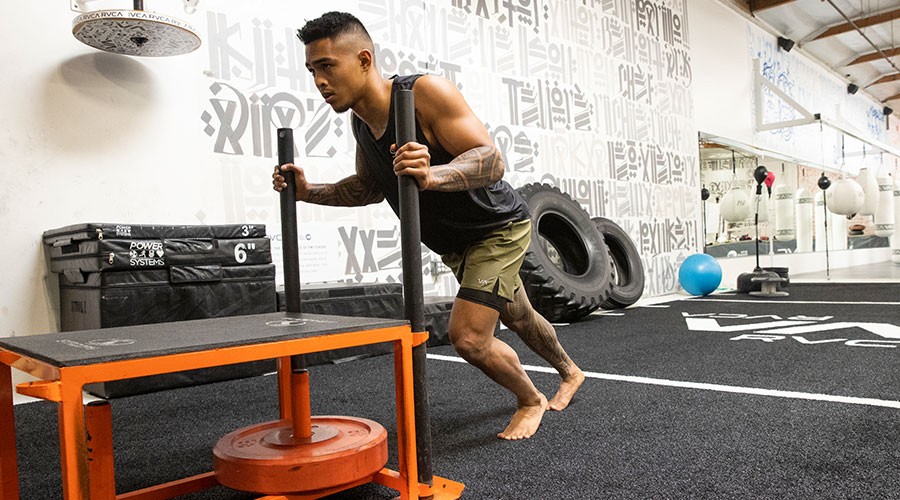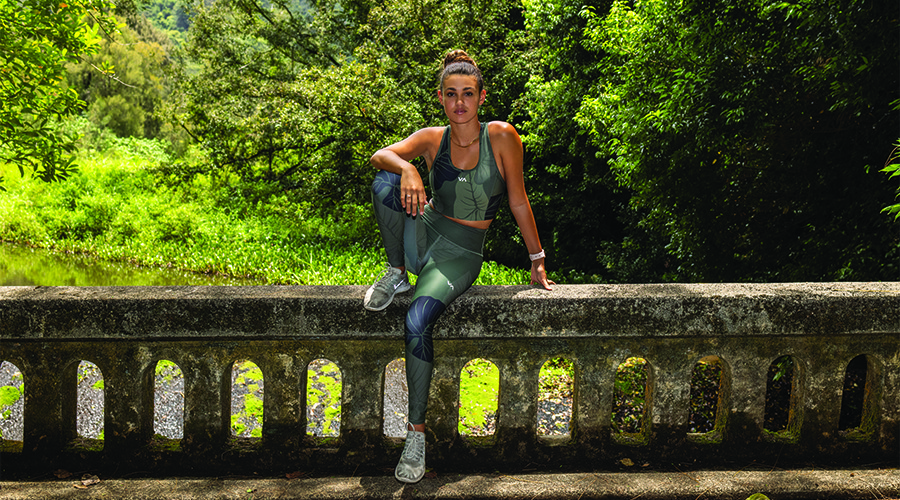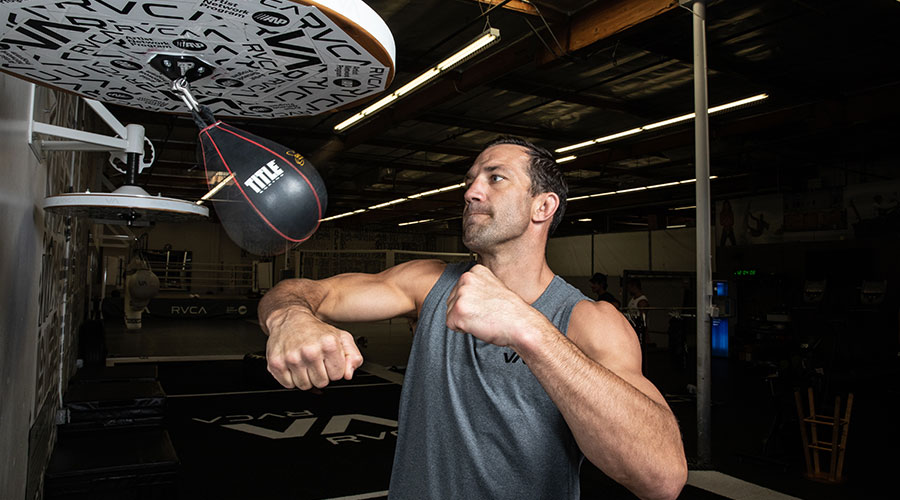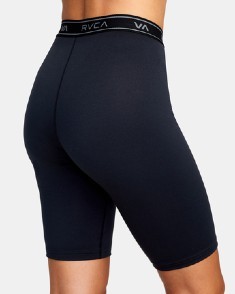The Benefits of Moisture Wicking Clothing

What is Moisture-Wicking and How Does It Work?
Moisture-wicking is the process of moving moisture away from your skin during a workout. Moisture-wicking fabrics draw sweat away from the skin to the surface of your workout clothing to be evaporated. This keeps you dry and feeling comfortable and dry throughout your workout.
Because water is adhesive and sticks to surfaces, moisture-wicking works through a process called capillary action, where water is drawn through the tiny holes of fabric to its surface. Once moisture molecules are on the outside, surface tension pulls them together to be evaporated quickly.
This guide breaks down all the details of these fabrics, from what they're made of and how they work, to the best fabric types for your workouts.
Moisture-Wicking Fabrics: Why You Need Them
Sweat is an important function your body uses to maintain temperature, but when it gets absorbed into your workout clothes, it makes you hot and then cold. Moisture-wicking fabric keeps you comfortable, limits the build-up of bacteria and prevents chafing.

What are Moisture-Wicking Fabrics Made of?
Moisture-wicking fabrics are made from either synthetic, man-made fibres or natural fibres sourced from nature. All moisture-wicking fabrics have tiny spaces between their fibres that allow moisture to be drawn through.

What Type of Material is Moisture-Wicking?
There are a variety of synthetic and natural moisture-wicking fibres that can be equally effective at keeping you cool.
Synthetic Moisture-Wicking Fibers
Synthetic fibres are man-made and chemically treated to become moisture-wicking. Some common types of synthetic moisture-wicking fabrics are:
- Polyester - known for its durability, lightweight, quickness to dry and wrinkle-resistant qualities.
- Polypropylene - is similar in many ways to polyester, although it’s more water-repellent and breathable, and does a great job at retaining heat.
- Nylon - known for being stretchy, resistant to mildew, light in weight and quick to dry.
- Acrylic - lightweight, keeps its shape and retains heat, although not as breathable as other options.
- Spandex - known for its unique elasticity, it can expand over 5 times its normal size before springing back to the same shape. It is smooth and lightweight, but only considered moderately moisture-wicking.
- GORE-TEX® - known for being waterproof and windproof and functions great for layering and enduring weather.

Natural Moisture-Wicking Fibers
Natural moisture-wicking fibres have innate wicking abilities because of their function in nature for plant growth and animal cooling. Derived from organic materials, they can be a highly effective environmentally-conscious alternative to synthetics.
- Bamboo - known for being breathable, odour-resistant and stretchy while retaining shape. It’s naturally moisture-wicking because of how the plant soaks up water to grow quickly in hot humid environments.
- Wool - naturally breathable, thermoregulating and odour resistant, wool from fleece or the protective covering of sheep absorbs a small percentage of liquid into its fibres but still manages to release moisture both from the surface and the space between the fibres to maintain insulation.
- Rayon - sourced from wood pulp and synthetically produced, rayon is a combination between natural and synthetic. It’s known for being wrinkle-resistant, lightweight and fast-drying.
Is Cotton a Moisture-Wicking Fabric?
Fibres from the cotton plant are the most commonly used natural fabric. Although cotton is a popular fabric, it is not moisture-wicking as it absorbs liquid into its fibres.
If it has been treated for waterproofing and moisture-wicking or used for low-intensity exercise, cotton has many benefits for working out, like its breathable fabric, easy washing, and hypoallergenic qualities that are comfortable for those with sensitive skin.
Is Moisture-Wicking Fabric Waterproof?
Moisture-wicking and waterproof are two separate technologies; moisture-wicking fabrics pull moisture through the fabric to its surface whereas waterproof fabrics don’t allow moisture to enter them. Both of them keep you dry in different ways.
Some materials, however, like GORE-TEX® and polyester, are more waterproof than other moisture-wicking fabrics. Some moisture-wicking fibres can be woven tightly and treated with a layer of polyurethane to make them waterproof. When it comes to natural fabric alternatives, boiled wool also has a very high level of water resistance, although is not completely waterproof.

What’s the Difference Between Moisture-Wicking and Breathable Fabrics?
Breathable fabrics have small holes that allow air and moisture to pass through them. Most moisture-wicking fabrics are breathable to a degree since moisture wicks through the spaces between fabric fibres, however, not all breathable fabrics are moisture-wicking as they don’t have the sweat-pulling properties required for moisture-wicking.
Cotton, for example, has spaces between its fibres, but also absorbs and holds water directly in its fabric, making it breathable but not moisture-wicking. Polyester is one of the most breathable synthetic moisture-wicking fabrics, whereas wool is one of the most breathable natural moisture-wicking fabrics.

When Should You Choose Moisture-Wicking Fabrics?
If you’re someone who enjoys breaking a sweat, moisture-wicking clothes are great to have on hand. Any high-intensity activities, like Jiu Jitsu or running, and medium-intensity workouts, like yoga, release a lot of sweat. Moisture-wicking fabrics keep you nice and dry so that you can focus on getting in your best workout.
Moisture-wicking clothing can be a workout game-changer.
